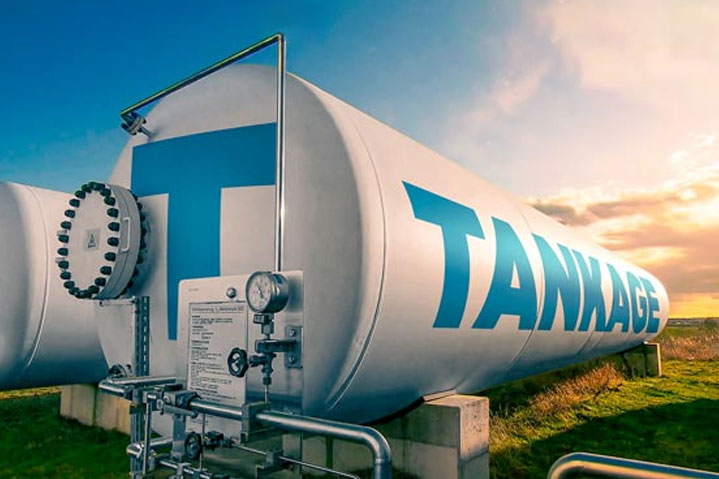Hydrogen from A to Z: T for Tankage
By: GenH2 Staff
Read Time: 3 minutes
Defining the Hydrogen Economy from A to Z: T is for Tankage
Continuing on in our defining the Hydrogen economy from A to Z series, we are focusing on the letter T and discussing Tankage.
In civilizations’ history, the use of tanks to store liquids dates back thousands of years. The word “tank” can be traced back to bronze-age civilizations in India. One of the most ancient civilizations of the world, The Harappan civilization, boasts of ‘The Great Bath’ at the archaeological site of Mohenjo Daro. The Great Bath is considered to be the oldest water tank in the world.
Throughout the centuries, materials like wood, stone and ceramic were used in the construction of water tanks. However, starting with the discovery of oil in Pennsylvania in 1859, wooden water barrels were replaced by riveted steel tanks and eventually, welded steel storage tanks. Formerly hand-made, the discovery of oil coincided with the Industrial Revolution, which changed tank production from hand-made techniques to machine-made.
The first safety standards were developed in 1904 by the National Board of Fire Underwriters. Codes in the U.S. to regulate flammable liquids, and standards for performance testing and construction, were developed throughout the first quarter of the 20th century. As the use of motorized vehicles became more common, installed underground storage tanks for reasons of safety, convenience, and aesthetics.
Depending upon the percentage of the tank buried underground, the United States federal regulations designates what can be labelled as underground storage tank (UST). In above-ground storage tanks (ASTs) different regulations are applied to meet requirements and the U.S. Environmental Protection Agency regulates the manufacturing process of all storage tanks in the country to prevent liquid leakage that could contaminate soil and underground water.
Storage tanks can be metal or composite depending on the gas or liquid being stored, location, and other requirements such as compatibility and whether above or below ground to meet national and global standards of the system. Other critical designs of tanks or tankage system is whether it is vacuum (as in the example of cryogenic liquids) or non-vacuum; on-board such in automobiles or aircraft; thermal insulation choices, and how that is integral to the design and storage tank choice for the application and volume of storage. Thermal insulation systems reduce the amount of heat lost or gained, keeping stored liquids under control while minimizing energy usage.
Advancements in controlled storage and smart tanks systems specifically for Liquid Hydrogen storage, supply and infrastructure are core to GenH2’s mission in using hydrogen as an energy carrier. In the transition to a global Hydrogen economy, tankage systems from small to mega scale will make it possible as additional safety regulations and standards are also being developed.
Please follow us next week as we look at Thermal Insulation, another integral part of storage and tankage.



